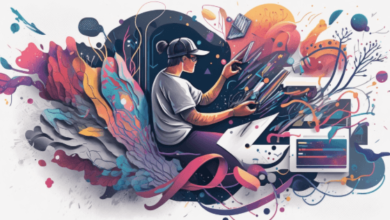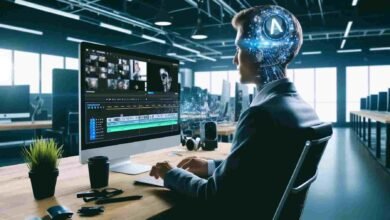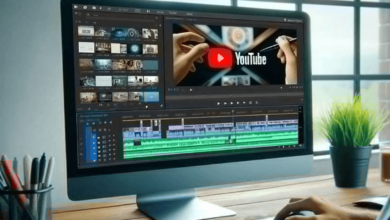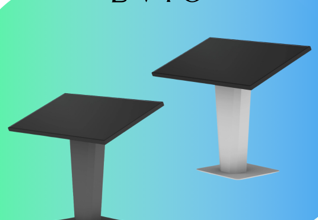How to Generate Image for Your Blog or Website Using AI
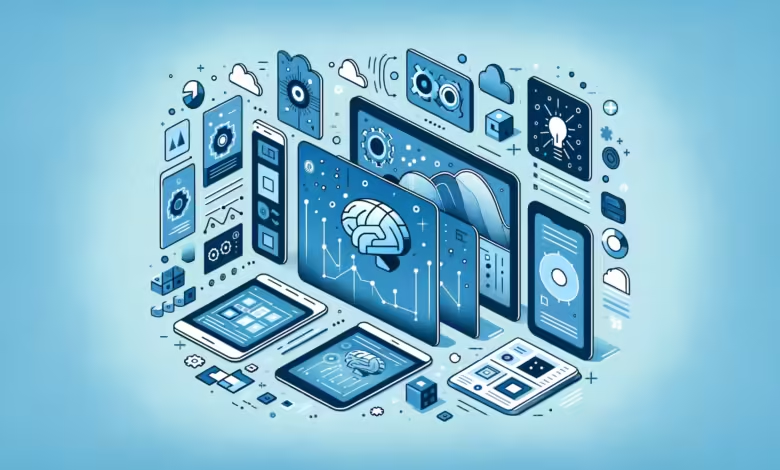
The integration of artificial intelligence in image generation offers a transformative approach for enhancing the visual appeal of your blog or website. By leveraging advanced tools such as DALL-E and DeepArt, creators can produce tailored images that resonate with their content and audience. However, the process demands careful consideration of ethical implications and copyright compliance. As you explore the nuances of AI-generated visuals, it becomes essential to understand the various tools and techniques that can optimize your results. What critical factors should you consider to ensure a seamless and effective application of these technologies?
Understanding AI Image Generation
AI image generation represents a fascinating intersection of technology and creativity, where algorithms transform textual descriptions into visual representations.
The creative possibilities are vast, enabling users to explore unique concepts and artistic expressions.
However, ethical considerations must guide this innovation, particularly concerning copyright and image quality.
Balancing technological advancement with responsibility ensures that AI serves as a tool for freedom and creativity in visual arts.
See also: How Quality Childcare Services Support Your Child’s Development
Popular AI Tools for Image Creation
The landscape of image creation has been significantly transformed by a variety of innovative tools that harness artificial intelligence.
Popular options such as DALL-E and DeepArt utilize deep learning and neural networks to generate stunning visuals tailored to your needs.
These platforms empower creators by offering unprecedented flexibility and inspiration, allowing for the seamless integration of unique images into blogs and websites.
Steps to Generate Images
Generating images with AI involves a series of strategic steps that can enhance both the creativity and efficiency of the process.
Begin by selecting a suitable tool that offers diverse image customization options. Next, input clear prompts to guide the AI’s output.
Finally, assess the results with ethical considerations in mind, ensuring that your images respect copyright and cultural sensitivities while reflecting your unique vision.
Best Practices for Using AI Images
While leveraging AI-generated images can significantly enhance your projects, adhering to best practices is essential for maximizing their impact and ensuring ethical use.
Be mindful of ethical considerations, such as transparency regarding AI-generated content. Additionally, address copyright issues by reviewing licensing agreements and giving proper attribution when required.
These strategies not only protect your work but also foster a responsible creative environment.
Conclusion
In an era where creativity is often deemed a human domain, the advent of AI image generation challenges this notion, suggesting that even machines can become artists. By embracing tools that generate visuals, one can enhance digital content with unique imagery. However, the irony lies in the fact that while technology democratizes art, it simultaneously raises ethical concerns about originality and ownership. Ultimately, the balance between innovation and responsibility remains a pivotal consideration in this evolving landscape.

